Which clan do my Stewarts belong to?
Which clan/family/house do my Stewarts belong to? How do I find out?
As someone who has been conducting genealogy research for nearly 30 years on one of the major Highland Stewart clans, I hear variations of this question all the time. The answer is simple: research.
How do I find out which clan my Stewarts belong to?
The answer is simple: research.
The answer may be simple, but it’s not easy. It involves a lot of hard work.
There is no website, no book, no magic resource where you can plug in your Stewart ancestor’s information and magically find out which clan/family/house they belong to. The only way to find out is the hard work of research. You may get lucky and stumble onto a connection where someone else has already done the research, but that’s rare. More than likely finding the answer will involve years of research on your part.
Be wary of “Ancestry says…”
If you’re lucky enough to stumble onto someone else’s completed research, then please don’t trust it. Many, many, many trees on websites like Ancestry, WikiTree, or any other site that allows people to upload their family tree, are full of errors. If you’re relying on someone else’s tree, then you still need to do the hard work of verifying every bit of it — every birth, marriage, death, date, location, and relationship. For every piece of data you find, you have to ask “what is the evidence that this piece of data is based on?”
If you’re using Ancestry, then pay attention to the sources of the hints that the website is giving you. Are they original source documents (census, birth records, etc.) or are they trees or documents that have been submitted by members?
Clan vs Family vs House
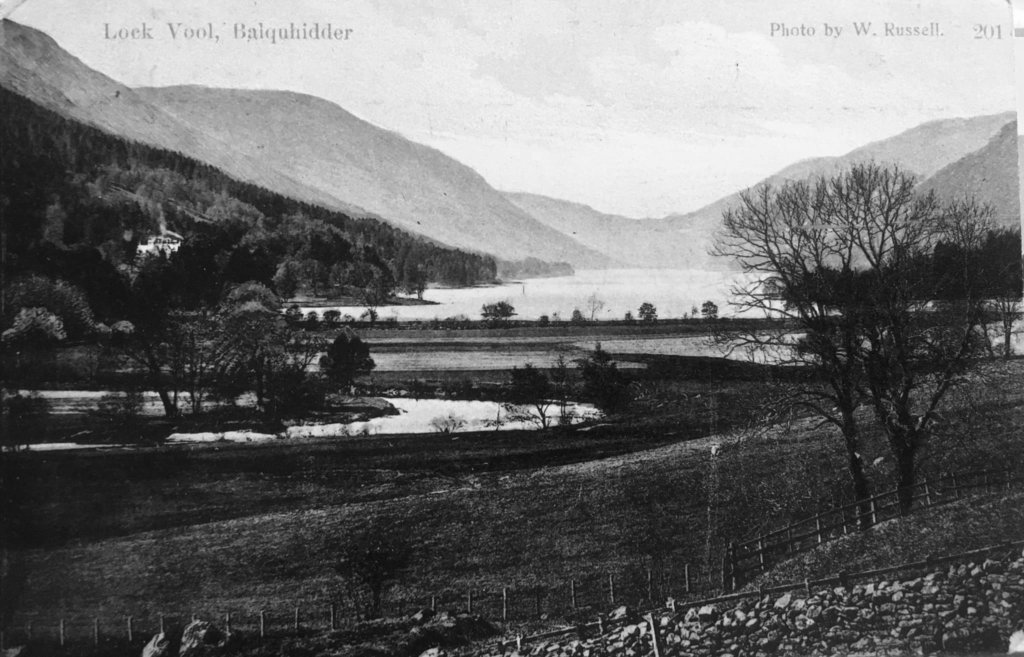
“Not all Stewarts belong to a clan.” I see this comment in genealogy forums too often.
While it is true that “clan” and “family” have different implications, this is a cultural distinction, not a genealogical one. The Gaelic word clann means “family”, “children”, or “offspring.” So, yes, clan and family are synonyms. However, the idea of family was experienced and understood differently in Highland Gaelic culture vs Lowland Anglo culture. But those differences have no real impact when it comes to the finding your family’s origin.
In the strictest usage of the word “clan,” the Lord Lyon’s Court recognizes only three official Stewart clans: the Stuarts of Bute, the Stewarts of Appin, and Clan Stewart. So, essentially, if your Stewart ancestor did not belong to the Stewarts of Appin or Bute then, today, you’re considered part of the conglomerate Clan Stewart. All of these groups are represented today by the Stewart Society in Edinburgh.
Historically, there were certainly far more than just three clans. In the Highlands alone, we find the major clans of the Stewarts of Appin, the Stewarts of Atholl, and the Stewarts of Balquhidder, as well as Stewarts in Mar and elsewhere who conducted themselves as clans, but are not officially recognized today. There were also numerous Lowland Stewart families.
Whether your Stewarts belonged to a Highland Gaelic “clan” or a Lowland Anglo “family”, your quest to find your ancestor’s origin is the same.
For the purposes of this article, the word “clan” should be understood to be synonymous with “family” or “house.”
“Not all Stewarts belong to a clan.”
This may be true, but it is a cultural distinction,
not a genealogical one.
If all you’re really looking for is a group to join and belong to, then I encourage you to join the Stewart Society in Edinburgh. They represent all Stewart clans and families today. They are much more than just an association to belong to. They have excellent resources and a very helpful archivist. I encourage anyone with Stewart ancestors to join.
But, if you’re reading this article then you’re probably looking for a more specific answer to the question of which clan your Stewarts belong to.
Is there a comprehensive list of all the Stewart clans?
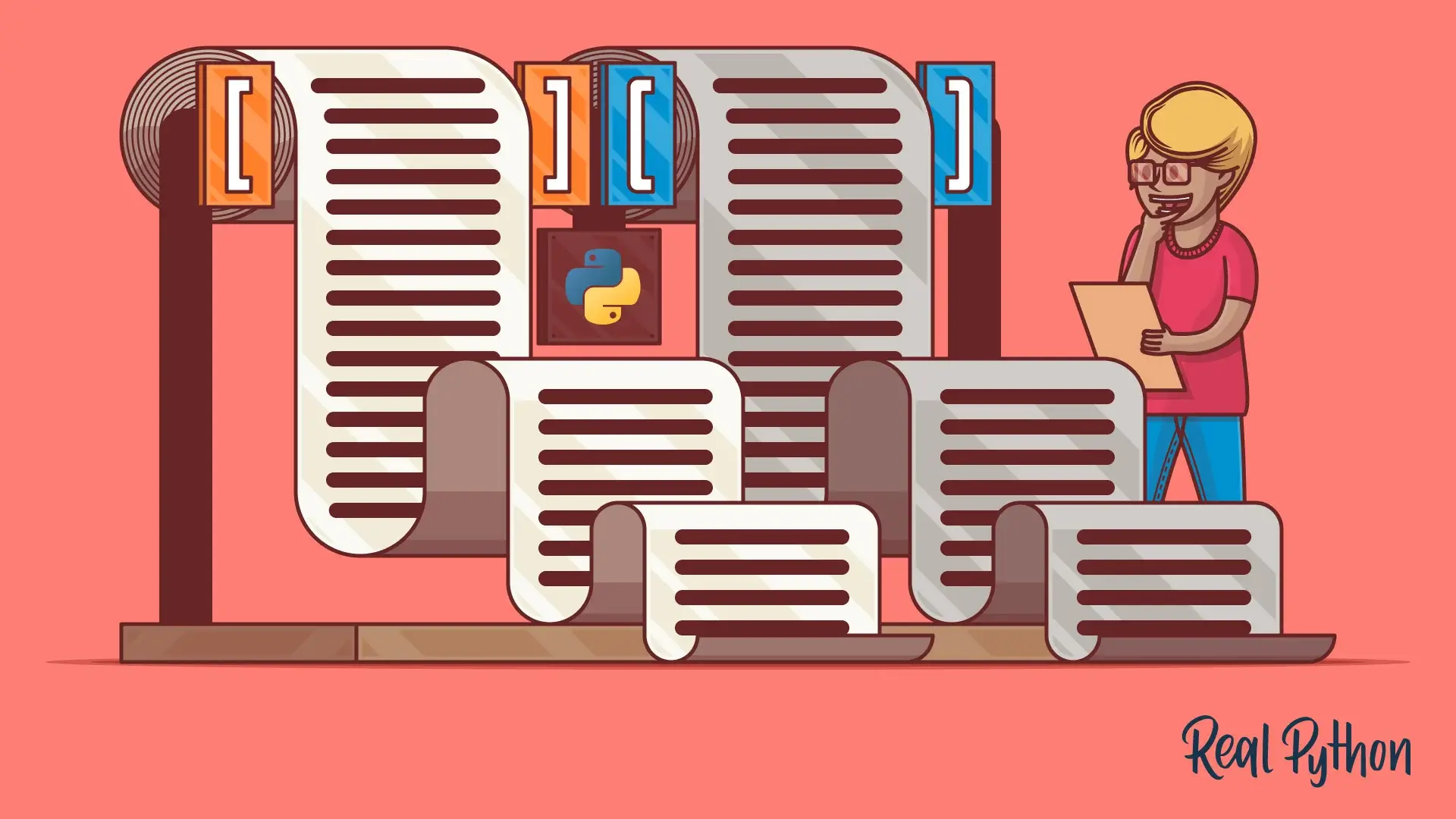
Is there a comprehensive list somewhere where I can look up all of the Stewart clans and all of their branches in order to figure out which one I might belong to? It’s not that simple. It’s more like a catalogue than a list. The closest thing you’ll find in a free, searchable form on the web is the Stewart Society’s catalogue of family lines. Also check out the list of Most Known Stewart Families and Clans on our “Help Me Find My Stewarts” page.
The most recent edition of Gordon MacGregor’s Red Book of Scotland lists 93 different major Stewart families. Each of these families had multiple cadet branches, and each of them are tied to a residence. MacGregor has over 700 pages of different Stewart families!
If you’re looking for the most comprehensive catalogue of all the major Stewart families, I would highly recommend purchasing Volume 9 of MacGregor’s Red Book of Scotland. It is also now available on Ancestry with a subscription.
The real question: where did my Stewarts come from?

Whether your Stewarts belonged to the Stewarts of Balquhidder, the Stewarts of Atholl, the Stewarts of Appin, the Stewarts of Bute, or any other Stewart family, these families are almost all rooted in a location. “Stewarts of…” is almost always followed by the name of the place where they originated. So, when you’re asking, “which clan do my Stewarts belong to?” the first part of answering that question usually starts with asking, “where did my Stewarts come from?” Firstly, you are searching for a place. If you can determine where in Scotland your Stewart family originally lived, then you are halfway to answering which clan they belonged to. You’re looking for a connection to a residence.
When you’re asking,
“which clan do my Stewarts belong to?”
start by asking,
“where did my Stewarts come from?”
Before you can determine which family your Stewarts belong to, you have to figure out where they lived in Scotland.
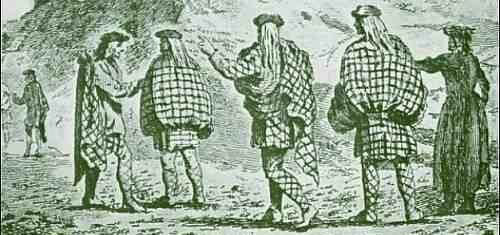
Until the 19th century, most Scots lived, married, and died within walking distance from where they were born. As such, clan territories tended to be somewhat regionally confined.
If you can find the residence or village where your Stewart family originated, then look around that area to see who the major Stewart landholders were. Chances are about 80% that your family likely descends from the nearest major Stewart landholder.
The Stewarts of Balquhidder, in 1815, had 36 branches. Each branch had six to ten lines. Each line comprised about a dozen individual households. That’s over 4000 individual households for one clan! The only reason we are able to connect all 4000 of those households to our founding clan is because of a comprehensive private clan census that was conducted in 1815 (Stewarts of the South). Most clans don’t have that luxury. So, the harsh reality is that, even if you are able to find the location where you Stewart family originated, and you’re able to find a nearby landed Stewart family, that may not be enough to connect the two together.
The Stewarts of Balquhidder were founded in the mid-15th century. 400 years later, most of those 4000 families still lived within 20 miles (30 km) of Balquhidder. However, not all Stewarts who lived within 20 miles (30 km) of Balquhidder were descended from the Stewarts of Balquhidder. There were branches of the Stewarts of Appin. the Stewarts of Atholl, the Stewarts of Grandtully, and others who also lived in that area. So while most people stayed close to home, some wandered away. There is no guarantee that the closest major clan is necessarily your family’s clan, but it’s probably the best place to start looking.
What about cities?
If you trace your Stewarts back to a major urban centre like Glasgow or Edinburgh, then proximity will be no help as towns and cities were melting pots full of families from all over Scotland. So you may never find out where your Stewart family originated.
What about Irish or Australian Stewarts?
If your Stewarts went to Ireland or Australia, then those countries have almost no government records earlier than the late 19th century (for very different reasons), and parish records are sporadic. So, if your Stewart roots are Irish or Australian, then you may never find out where in Scotland your Stewart family originated.
What about very early North American Stewarts?

If your Stewarts were in North America in the 17th or 18th centuries then early records are sporadic and often incomplete. In all likelihood, the earliest records will likely just say that your family came from “Scotland” with no indication as to where in Scotland. That can be unbelievably frustrating! Unless you’re lucky enough to find an old family bible with an extensive genealogy included, then you may never find out where in Scotland your Stewart family originated.
If you are lucky enough to find where your Stewarts came from in Scotland, then that may give you an increased likelihood of connecting to a nearby clan. But, even then, it’s no guarantee. The only way to know for sure is to do the hard research of going back one generation at a time until you make a connection to a documented branch of a clan. And that is not always possible to do.
Genealogy is just as much luck as it is skill
The hard truth is that no matter how much research you do, you may never find the answer to the question of which clan your Stewarts belong to. The evidence may not exist. Genealogy research can be just as much luck as it is skill.
Most public records (census, civil birth/marriage/death registrations, etc.) did not begin until the mid-1800s. Prior to that, you’ll most likely be relying on church records. Most church records in Scotland did not commence until the early-1700s. Prior to that you’ll most likely be relying on estate records. So if you haven’t connected to a family who is named in estate records by the early 1700s then you may have hit the end of the paper trail.
You may be able to rely on skill to trace your Stewart ancestors as far back as the early 18th century, but to go back any further involves a degree of luck that the records you need actually exist.
Non-existent records
You may have traced back to an ancestor who was married in a village in 1720 and you desperately want to know who their parents were, but that birth record you so desperately want may not exist because they were born prior to the earliest baptisms being recorded in that parish. There may be no record of their birth anywhere. No matter how hard you search, you cannot find a document that never existed in the first place. Wishing it existed won’t make it so.
If Ancestry gives you a hint with the same name and a similar date and location, that does not mean that person is your ancestor.
The information you desperately want may not exist.
Ancestry vs ScotlandsPeople
When you are searching Scottish records for information on your ancestor, please use Scotland’s People. Ancestry does not house primary source documents for most Scottish records. Scotland’s People does.
Ancestry does host a massive collection of primary source documents (census records, birth/marriage/death registrations, etc.) for many countries, including the United States, Canada, and England. However, when it comes to Scottish records, they only have access to indexes. Indexes are not original records. Original Scottish records are available at Scotland’s People. It’s okay to use Ancestry’s powerful search engine to locate the index entry for your ancestor, but you should always go to Scotland’s People to get a copy of the original document as it almost always contains additional valuable information.
For example: My own ancestor, Robert Stewart, was born in 1762 in the clachan of Easter Glentarken on the north shore of Loch Earn in Comrie parish in Perthshire, Scotland. When I search Ancestry for his birth, I will get a result that says:
Scotland, Select Births and Baptisms, 1564-1950.
| Name | Robert Stewart |
|---|---|
| Gender | Male |
| Baptism Date | 08 May 1762 |
| Baptism Place | Comrie, Perth, Scotland |
| Father | John Stewart |
| Mother | Margaret Mclaren |
Note that this record comes from an index called Scotland, Select Births and Baptisms, 1564-1950. It is NOT an extract from the original Comrie parish record itself. This result only tells me the name of the parish where Robert was born; it does not tell me the name of his residence, which, as I mentioned above, is key!
Scotland’s People provides me with a digital scan of the original page from the Comrie parish register itself where Robert’s baptism is recorded in the original handwriting. There I can see that Robert was born in the clachan of Easter Glentarken. That’s extremely valuable information that is not available from Ancestry.
Furthermore, when I search Ancestry for Robert’s parents and children, Ancestry will only tell me that they were also all born in Comrie parish, but it will not tell me where in Comrie parish. Whereas, Scotland’s People will tell me that Robert’s father was born in Ardveich and his children were all born in Morell. This additional information reveals a three-generation pattern of migration from west to east within the parish. That suggests that when I go searching for Robert’s grandfather, he will likely be found towards the west end of the parish. That’s vital information that is not available to me from Ancestry!
Using Ancestry is like finding a book with information about my ancestor, flipping to the index at the back of the book, seeing that my ancestor is featured on page 153, closing the book, and putting it back on the shelf, without ever turning to page 153.
Using Ancestry is like
finding a book with information about my ancestor,
flipping to the index at the back of the book,
seeing that my ancestor is featured on page 153,
closing the book,
and putting it back on the shelf,
without ever turning to page 153.
When the paper trail runs out… look around
So what happens when you’ve exhausted all the documentary evidence you can find and you’re still no closer to figuring out where in Scotland your family came from?
If your Stewarts were colonial immigrants and you’ve traced back to the earliest immigrant ancestor and all you can find is that they came from “Scotland” but you have no idea where in Scotland, then try researching their neighbours. Immigrants often settled in clusters with families and friends from back home. Try researching neighbouring families in the community where they settled, even if those families aren’t related to your Stewarts. See if you can find a common location in Scotland where their neighbours came from. It’s no guarantee that your Stewarts came from the same place, but it’s a good place to look for possible leads. It’s worth a try.
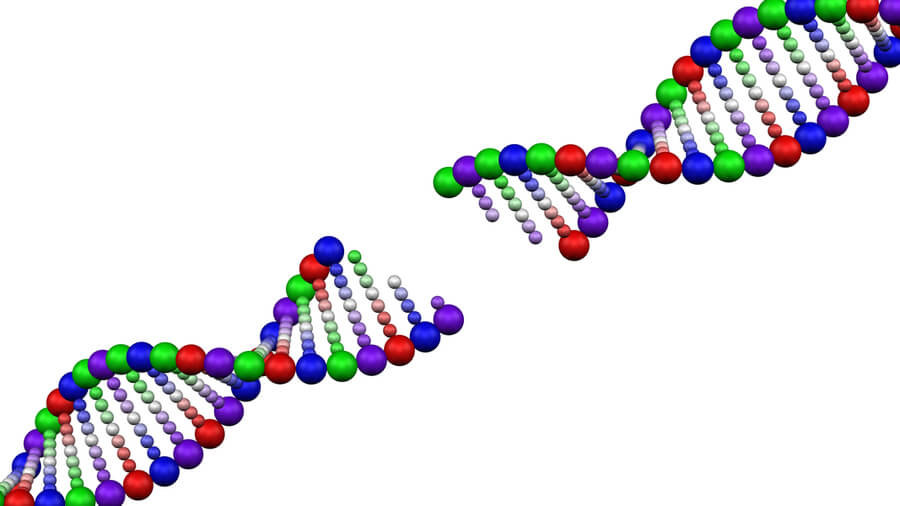
Can DNA help? Yes, but…
When the paper trail dries up, DNA can also be very helpful, but it, too, is not the miracle science that many people want it to be. There is no DNA test that will miraculously reveal which clan your Stewarts belong to.
Firstly, it’s important to understand that there is more than one kind of DNA test. Here we’ll deal with the two most common DNA tests.
There is no DNA test that will miraculously reveal which clan your Stewarts belong to.
Autosomal DNA
The most popular kind of DNA test is autosomal DNA. This is the kind of test offered by Ancestry and 23andMe. Autosomal DNA identifies cousins on all sides of your family with a range of accuracy up to 5-8 degrees of kinship. (Some autosomal DNA experts can extend that range.) For most families, this will take you as far back as the 1700s to 1800s with reasonable reliability. Any further back than that and autosomal DNA becomes less reliable and can produce false results.
But, because an autosomal DNA test examines all branches of your family equally, it is extremely difficult to identify which ancestor you share in common with anyone you match with. Just because you both have Stewarts in your family trees does not mean that you and your matching cousin share a common Stewart ancestor.
Learning how to interpret autosomal DNA matches is too big a subject to tackle in this article. Here is a good resource for learning how to interpret autosomal DNA results:
Given that families in the 18th century tended not to move around, it only takes a few generations before every family is related to every other nearby family. Thus, if you’re related to one family in a community in Scotland, then you’re likely related to all of them. Autosomal DNA will not be able to distinguish which family you’re related through.
For example: You could have a Stewart ancestor from Balquhidder who married a MacGregor and match with a distant cousin estimated to be 5-8 degrees of kinship from you who is descended from a different Stewart who also married a MacGregor. They could be two completely unrelated Stewart families and you could be related to each other on the MacGregor side and you probably won’t be able to tell the difference by your autosomal DNA results. All you’ll know is that you share one or more ancestors in common.
Autosomal DNA may be able to help you narrow down where your Stewarts came from, but the only way that autosomal DNA might reveal your clan connection is if you happen to be lucky enough to match with a Stewart cousin who has already determined their clan connection through research.
And, if you haven’t found a Stewart match through autosomal DNA by the early 1700s, then you’re probably out of luck, because autosomal DNA becomes increasingly unreliable earlier than that.
Y-DNA

The most helpful DNA test for trying to determine your clan origin is a Y-DNA test. Y-DNA tests are only available from Family Tree DNA, and they’re not cheap. Y-DNA tests examine only the male line from son (or trans-daughter) to father, going back scores of generations with a high degree of reliability.
Because Y-DNA examines the Y-chromosome, then it requires a test subject who was assigned male at birth. If you are a woman or a trans-man then you cannot take a Y-DNA test because you don’t have a Y-chromosome. You must find a Stewart relative who was assigned male at birth and who is willing to take the test. Sometimes that can be difficult.
There are different ranges of Y-DNA tests with different ranges of precision, from the lowest precision (Y-37) to the highest precision (Y-700 or “Big Y”). The higher the precision, the more expensive the test is. If you hope to use Y-DNA to try to identify a clan connection, you will almost certainly need the Y-700 test.

Think of it like viewing a crowd of people through a zoom lens on a camera. The wider the lens (or the lower the Y-DNA test) the more families will be included in your picture. The tighter the lens (or the higher the Y-DNA test) the fewer families will be included in your picture.
The Y-DNA test result is expressed as a haplogroup. A haplogroup is a range of males who all share identical or nearly identical Y-DNA markers. The more people who have tested at the Y-700 level for any given family, the more precise that haplogroup-family connection can be. Given the moderate number of Stewart subjects who have tested at the Y-700 level, not all clans have an identified haplogroup. The more people who test in the future, the more clan haplogroups will be able to be identified.
For example: The Stewarts of Balquhidder descend from the Royal Stewarts. The haplogroup for the Stewarts of Balquhidder has recently been identified. If your test subject happens to belong to the Stewarts of Balquhidder and takes a Y-37 test then their result would only show that they descend from a branch of the Royal Stewarts, which includes hundreds of families. It would not be able to identify which branch of the Royal Stewarts the subject descends from. It would require a Y-700 test to be able to more precisely identify that, in this case, your test subject descends from one of the branches of the Stewarts of Balquhidder. But, Y-DNA is not yet able to identify which branch of the Stewarts of Balquhidder.* It will take many more Y-700 test subjects for us to gain that level of differentiation.
If you, or a relative on your behalf, takes a Y-DNA test, make sure that you, or they, join the Stewart Surname Project at Family Tree DNA. They will help you identify which clan (or cluster of clans) your results most closely match with.
With each passing year, as more people test at the Y-700 level then more precise clan haplogroups can be identified. So if you’re results end up being frustratingly vague, check back in a year, or two years, or ten years, as the results are constantly improving.
*UPDATE (March 2024) – In the year since I first wrote this article, we have now successfully identified the haplogroup for the Stewarts of Ardvorlich and the Stewarts of Glenbuckie — two of the four main branches of the Stewarts of Balquhidder — and we are close to identifying a third major haplogroup for the Stewarts of Gartnafuaran.
Don’t Give Up

After reading this far, do you feel like giving up? Are you feeling like there’s no hope of ever figuring out which Stewart clan you belong to? Don’t give up. Never give up. Just be realistic about your prospects of success.

Think of this article like a bad review for a movie that you desperately want to see. After reading the review, you lower your expectations and hopefully the movie turns out to be better than you expected. But, if you had gone to the theatre with unrealistically high expectations, you’d have come home disappointed. Yet, the movie wouldn’t have changed; only your expectations changed.
If I’ve successfully lowered your expectations, then every morsel of evidence that you find that points you in the right direction will feel like tantalizing nuggets of gold, inching you closer to solving your mystery Stewart clan origins, instead of feeling like endless defeat.
Never give up.










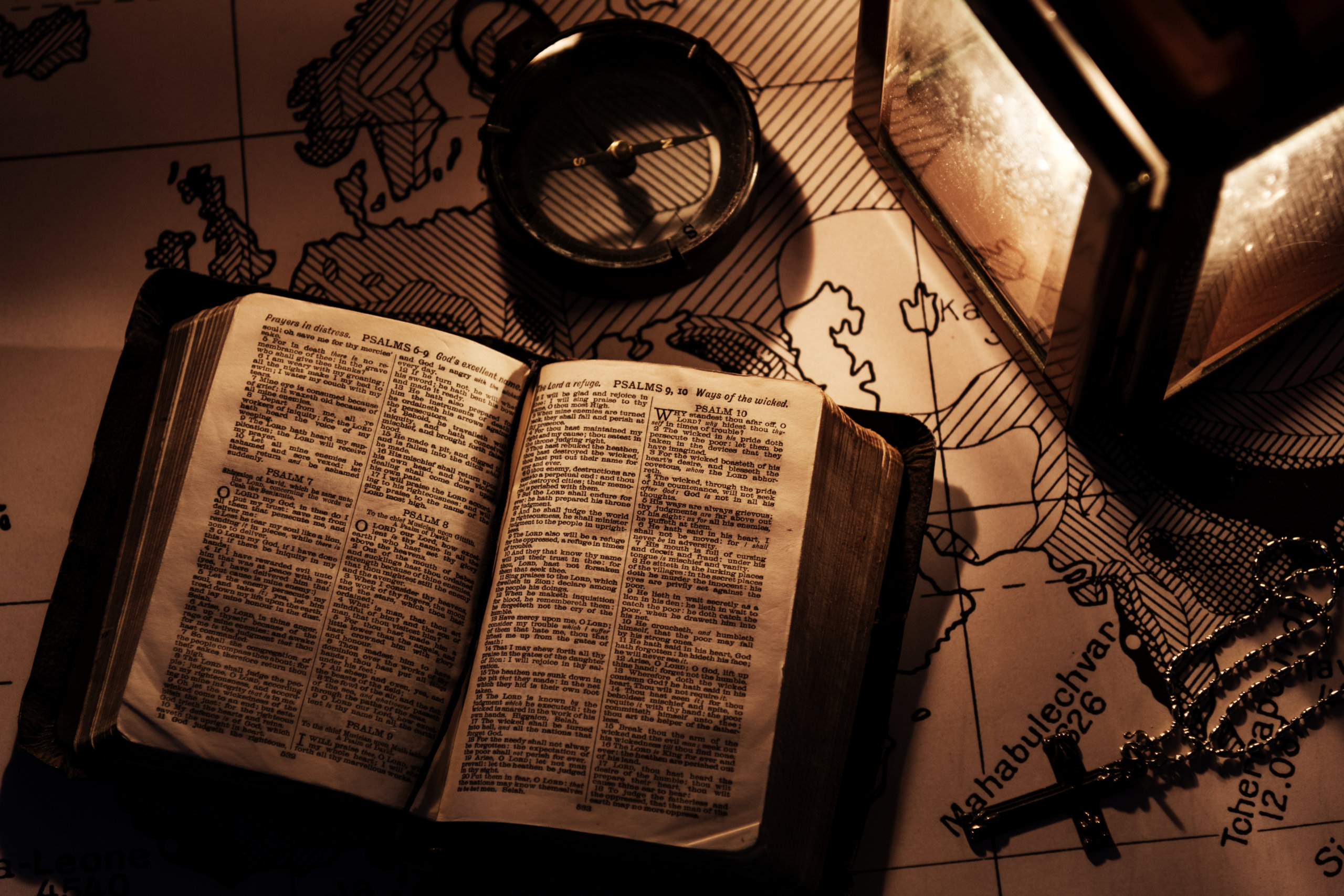
0 Comments